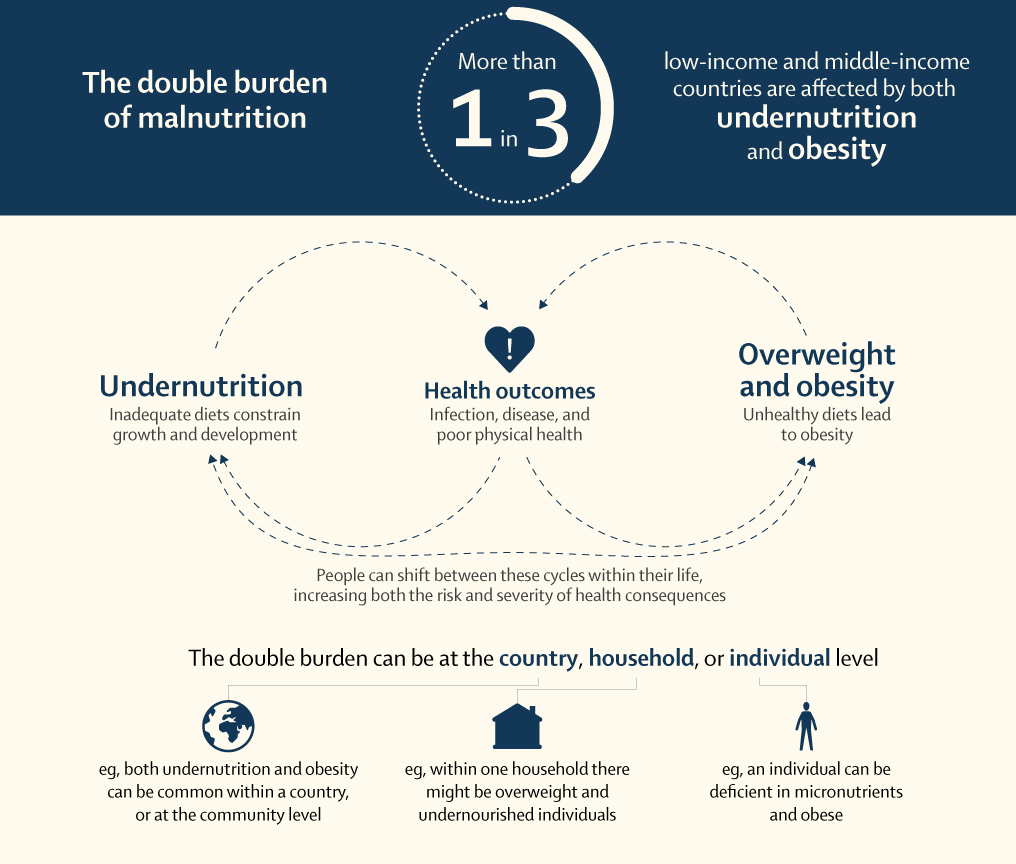At least, that is what Joan Didion wrote in “Goodbye to All That.” She was referring to herself when she moved to New York City and unexpectedly stayed for a good long while. Maybe too long.
I have been thinking a lot about what she wrote, feeling the palpability of those words as we mark our 30th day in self-isolation amidst a global COVID-19 pandemic, without a clue to where we are within it. The end is indeed abstruse. Are we at the beginning of it? Are we in the middle? Or nearing the end? It is harder to see, know, or predict when this will all resolve, and no Jim Morrison, the end is not always near.
We saw COVID coming for a while now. We had early lessons of historical pandemics in which many of us mortal souls perished. The Plague (killing 200+ million), the Spanish Flu (killing 50+ million), and HIV/AIDS (killing 25+ million and still going on). The visual below shows the impact of these pandemics killing 25 to 35% of the total global population. We have also been warned over the last two decades that more and more zoonotic diseases — i.e. animal to human transmitted diseases — are coming and creeping into our food supply. Think avian and swine flu, SARS, and MERS.
Then there are other infectious diseases that are downright scary, but seem to be contained to certain regional epidemics. Think Ebola and Zika. These have never quite made the jump to be classified as a “pandemic” which is classified as a disease impacting every country in the world, yet.. Then there are the insidious, neglected and tropical diseases like river blindness, Leishmaniasis, and Guinea worm that impact people living in the poorest areas of the world. And Dengue and malaria continue to wreak their widespread havoc. The warnings were and are persistently there.
The beginning of COVID-19 was surreal, yet predictable to witness, much like watching the beginnings of Steven Soderberg’s movie Contagion (a virus that spread from China to the rest of the world via air travel, killing 25% of the global population, which stemmed from a bat to pig to human food system zoonotic transmission). Noticing events unfold mid-to-late December in China, as it quickly made its way through some Asian countries, and then slammed into Italy, were obvious signs that this virus moves fast and stealthy, and does not discriminate. And it was coming for everyone, leaving no one behind. Observing the way governments responded to tampering down the virus has been mixed, with the U.S. being way too slow to move and react, and with a “president” who not only doesn’t understand the science but doesn’t care to learn and listen to the experts (like the great Tony Fauci) who surround him reluctantly. Now, the country is reeling from the highest number of cases and deaths in the world.
We also had knowledge and evidence of how such a pandemic would unfold and how the food system is particularly vulnerable to being the source and breeder of these zoonotic type diseases. Now one might wonder if COVID-19 is truly a zoonotic disease. Its origins are being debated in the scientific literature. While there are some thoughts that the virus originated from a wet market in Wuhan, scientists are still unclear about its origin. Did it come from animal and if so, which one(s)? Did it really come from a seafood market or from food at all? There are many early assumptions that it came from snakes or pangolins. The science is leaning towards snakes not being the source. Viruses have a hell of a time jumping from warm-blooded to cold-blooded back to warm-blooded. And it is thought overall that COVID-19, like SARS, is a mammalian virus. There was one article in late January 2020 in the Journal of Medical Virology that though some of the genetic code of the COVID can be found in two snake varieties, but that has been discredited.
There is an interesting article in Nature that is trying to determine its origins. The starting point is the genome: 80% of the COVID-19 genome is shared with SARS and 96% with bat coronaviruses. They hypothesize that the origin of COVID-19 is either natural selection in an animal host before zoonotic transfer (bat to pig or bat to pangolin) OR (ii) natural selection in humans following zoonotic transfer (so human to human, i.e. SARS to COVID).
I am going to write more about zoonotic (also known as zoonoses) diseases for a new blog series myself and some stellar colleagues are curating on COVID-19 and nutrition. Still, for now, it is of the utmost importance for the global community to prevent these food-borne zoonotic diseases in the future. Scaling up a “One Health” approach is one way to prevent future pandemics.
Humans co-exist with animals - as companions for our overall wellbeing, as producers of food, and as a source of livelihoods. This interface between animals and humans and their shared environments can be a source of disease too. Those who work on One Health work at this interface to prevent zoonotic diseases from spreading by considering animal, human, and environmental connections.
But here we are, with each day running into another, wondering if tomorrow will be different or more of the same. For now, we are stuck in this endless cycle of a beginning. But maybe this is a new beginning - one of a new reality, a new way to see the world and our place in it, and a new appreciation of what we have and a profound sadness and empathy for those who have less or have suffered loss, in every shape and form. The question is, when the end is near, or even better yet, comes and COVID-19 is in the rearview mirror, what will we be as a human society then? Hopefully, one that is better informed, ready, and resilient for the next one.






